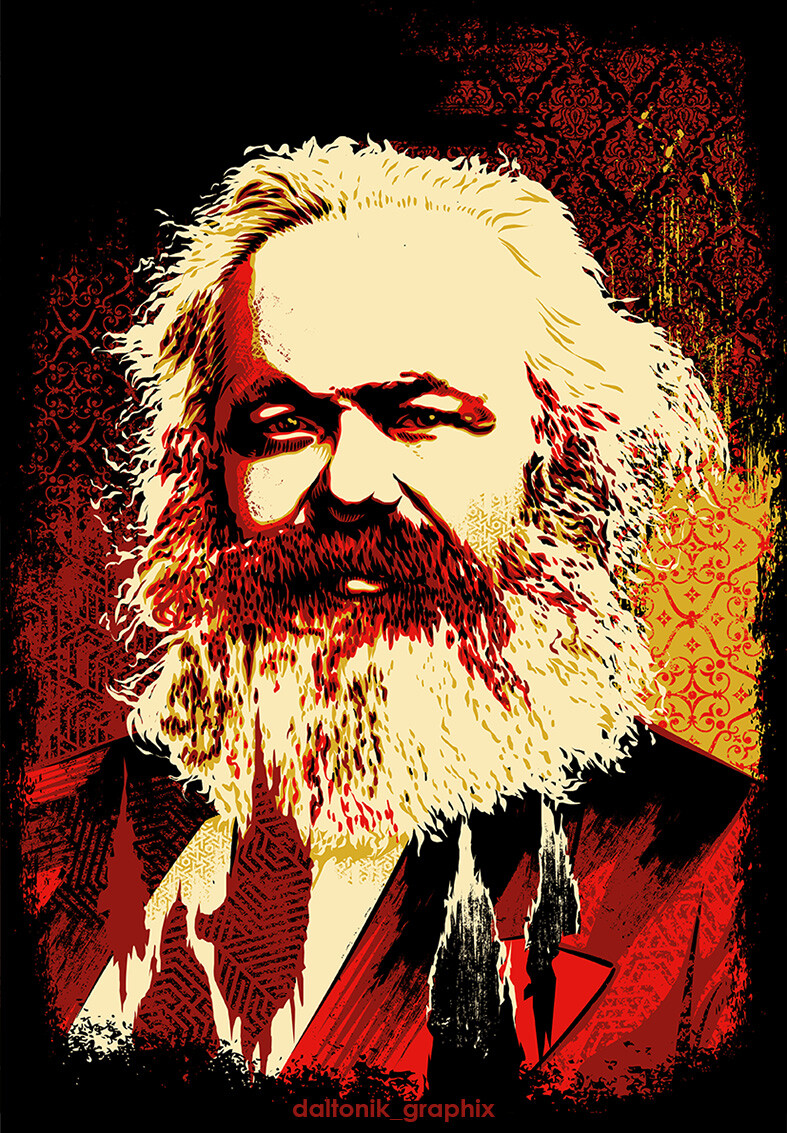
This was one of Michael's explanations against the term "sub-imperialist" (which may include Brazil, Russia, India, China, South Africa (BRICS), Nigeria, Mexico, Colombia, Philippines, Argentina, Malaysia, Turkey, Vietnam, and Indonesia that Michael Roberts instead refers to as "also rans" and others may refer to as semi-periphery countries):
In our definition, there are no ‘sub-imperialist’ countries, because the notion of sub-imperialism fails to focus on international differences in productivity differentials and misses the lack of persistent technological superiority.
He also references this book by Marxist economist Sam King.
In an earlier article on imperialism Roberts also referenced work done by Marxist economists David Kotz and Zhongjin Li:
More importantly, Horn et al (2019) also find that unlike other major economies, almost all of China’s external lending and portfolio investment is undertaken by the Chinese government, state-owned companies, or the state-controlled central bank, not by private investors that follow the logic behind profit-oriented decisions.
Chinese official lending programs, such as the more recent Belt and Road Initiative (BRI), function as a vehicle for China’s economic statecraft and international cooperation, rather than a search for state domination. Moreover, the investment and loan decisions are mainly channeled through two policy banks, the Chinese Development Bank (CDB) and the Export-Import Bank of China (Chexim), which are largely development-oriented and policy-oriented financial agencies still controlled by the state that aim to achieve the policy objectives of the party and state, rather than originating from private capitalists in pursuit of profit.
China’s official overseas investments have been preeminently for long-neglected transportation and communication infrastructure and energy supply projects, and its loans are typically advanced at zero or near-zero interest, often repaid in natural resources (quasi-barter), if they are not canceled entirely (Brautigam, 2009). A large share has gone to countries that are not beneficiaries of recent debt relief initiatives (Foster et al, 2009).
By investing and lending largely to developing countries, especially low-income countries, and promoting industrialization in the global South, China is seen as supporting initiatives to address development problems not solved by neoliberalism’s corporate initiatives. While China’s current approach is more commercial than formerly, it continues to support state-run projects in industry and agriculture, which contrasts with the insistence in Washington Consensus on the conditionalities of structural adjustment programs (Sautman and Yan, 2007).
The evidence suggests that China’s strategic lending programs are aimed at reaching mutually beneficial deals rather than at securing conditions for extracting extra-high profits by Chinese capitalists abroad.
By 2019, China had provided nearly $56.48 billion of development assistance to more than 160 countries and international organizations and dispatched more than 600,000 aid workers (Xinhua News, 2019). China has also provided support for other developing countries in implementing the UN 2030 Agenda for Sustainable Development through the establishment of the China-UN Peace and Development Fund. China has pledged $200 million over a ten-year period to that agency, to the UN Fund for South-South Cooperation, and to the South-South climate fund ((United Nations, 2020; the South Center, 2016), which demonstrates support for a multilateral approach to development aid.
Chinese capitalists have treated local workers similarly to the treatment by capitalist investors from other countries, while by contrast Chinese SOEs have been more responsive to requests from the host government regarding more job creation and better labor conditions (Oya & Schaefer, 2019).
Other research also has found that Chinese projects create net employment for national workers and crowd in domestic firms as well. (Brautigam, 2009; Shen, 2015; Peters & Armony, 2017)
Private investment is still not a large share of overseas investment. Private capitalists do not appear to be strong enough to press the Chinese state to enforce their interests in other countries. The predominant share of official investment and lending follows the party’s and state’s general policy agendas for economic growth and stability. Our review of the evidence supports the conclusion that China’s engagement beyond the border does not follow the dynamic of capitalist imperialism.
Horn et al (2019) also found that China has always been an active international lender even under Mao Zedong in the 1950s-70s.
China only bought arms from Israel for about a decade under Jiang Zemin and then stopped around 2001 (which is certainly still bad imo, but it thankfully ended two decades ago at least). They never sold weapons to Israel. They compete against Israel in arms sales, and China's arms sales primarily go to Algeria and South Asian countries like Bangladesh and Pakistan. The only socialist government that still purchases arms from Israel is Vietnam.